



Selecting between the two “normal ascents” on Mount Everest involves weighing advantages, risks, and personal preferences.
Whether ascending from Tibet’s North Col and Northeast Ridge or Nepal’s Khumbu Icefall, Lhotse Face, and Southeast Ridge, the decision hinges on factors like experience, personality, and ascent plans. Personal preferences, intuition, and individual attraction to a particular route often play a decisive role.
The north side of Mount Everest refers to the side of the mountain that is located in Tibet, China. Everest is a part of the Himalayan mountain range and is known for being the world’s highest peak, with its summit reaching an elevation of 29,032 feet (8,848 meters) above sea level.The north side of Everest is less commonly climbed compared to the south side, which is accessible from Nepal. The north side has its base camp on the Tibetan plateau, and the route to the summit involves climbing through the North Col, Northeast Ridge, and the Three Pinnacles.Climbing Everest from the north side requires a permit from the Chinese government, and access is typically controlled more tightly than on the south side. The logistics of climbing from the north side involve.

Mount Everest is the highest mountain on Earth, towering 8,848.86 meters (29,035 feet) above sea level. Everest expeditions have long been a goal for thrill seekers, and reaching the summit of the peak is regarded as one of the pinnacles of mountaineering. We accept this difficult challenge every year in the spring by sending our team of experienced climbers to ascend Mount Everest through the South Col route. The SE Ridge (South Col) route was the first route on Mount Everest to be successfully ascended, and this accomplishment was completed in 1953 by Sir Edmund Hillary and Tenzing Norgay Sherpa. Since then, there have been over 7000 ascents of Everest, most of them from the South Col route. It is without a doubt the mountain’s most popular climbing route.

Mount Everest, at 8,848.86 meters (29,035 feet), is undoubtedly the world’s most desired peak. The north (Tibetan) side of Everest is a considerably more attainable approach to climbing than the south side, and the times we have chosen have the best weather of the year. Our recommended itinerary includes a careful and safe ascent plan as well as many full descents to a Chinese basecamp and/or a lower town for rest and acclimatization. Climbing is done with caution and care, with excellent leadership, coordination, Sherpa climbers, ‘walkie-talkie’ radios, satellite phones, and the best oxygen bottles and equipment available.
Our highly skilled, experienced, and pleasant high-altitude Sherpas, with a track record of successful expeditions and high summit success, will accompany you, with a track record of successful expeditions and high summit success. Our skilled basecamp and advanced base camp cooks prepare fresh and nutritious foods, and hot drinks at least three times every day.

After the Icefall, the climbers arrive at Camp I, which is located at 19,500 feet. Depending on the type of expedition, Camp I will either be stocked by the climbers as they ascend and descend the Icefall or by Sherpas in advanceThe ascent up the Advance base camp is more like a high-altitude trek. Moraine pathways are always walked upon, and snow is never stepped upon. We begin our ascent of the Rongbuk glacier, popularly known as the "Golden Highway," from basecamp, where we are treated to breathtaking panoramas of the surrounding mountains, including Lakpa-Ri and its "Little Sisters," Changtse, and, of course, Everest. Considering its elevation of almost 21,000 feet (6,400 meters), Advanced Basecamp (ABC) has to rank as the world's highest base camp.. The area between Camp I and Camp II is known as the Western Cwm. As the climbers reach Camp II at 21,000 feet, they may be temporarily out of sight of their support at Base camp. Nonetheless, modern communication devices permit the parties to stay in contact.

After the Icefall, the climbers arrive at Camp I, which is located at 19,500 feet. Depending on the type of expedition, Camp I will either be stocked by the climbers as they ascend and descend the Icefall or by Sherpas in advance. The area between Camp I and Camp II is known as the Western Cwm. As the climbers reachFollowing our arrival at Advance Base Camp, we clip into the fixed lines and begin our ascent along the glacier to North Col Camp I at a height of 7000 meters. There is one very steep portion that ranges from 50 to 80 degrees. The Everest North East Ridge and Changtse are separated by the North Col pass. Both Lhakpa Ri and Pumori may be seen well from this vantage point, offering breathtaking panoramas. Camp II at 21,000 feet, they may be temporarily out of sight of their support at Base camp. Nonetheless, modern communication devices permit the parties to stay in contact.
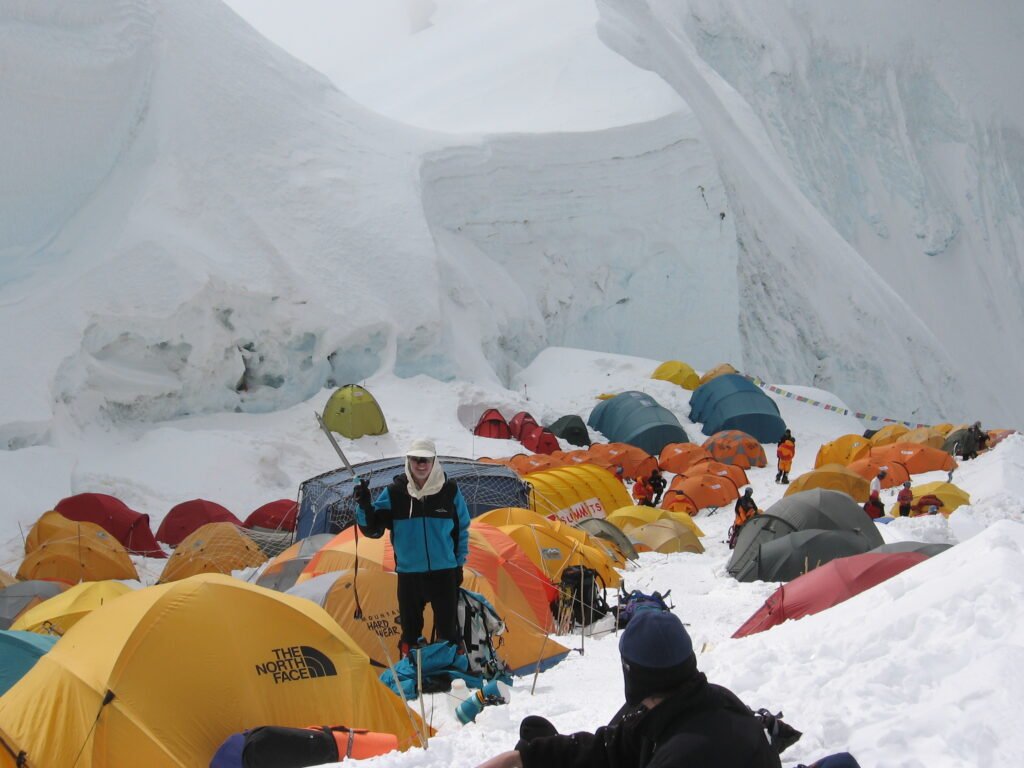
We ascend the glacier and then the steep north ridge from the North Col in order to get to Camp II, which is situated at a height of between 7,500 and 7,800 m (24,600 ft). Climbing becomes more difficult and harder as you approach a point where you must push over your boundaries.
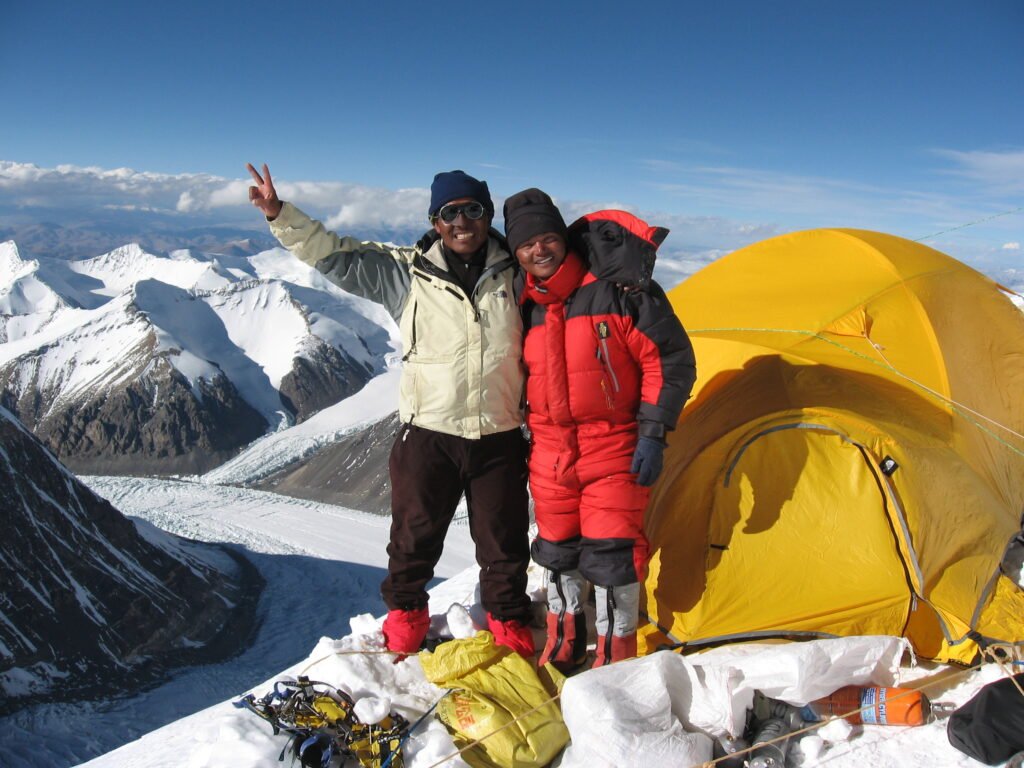
After leaving Camp II, the path continues to the west and climbs the north face while navigating a series of gullies and slopes at an angle of 30 degrees. This continues until it reaches the location of Camp III, which is at 8,300 meters (27,200 feet).

Ascending to the summit will be our final objective, and we'll be starting that from Camp III. A climber's initial challenge is to traverse the three rock bands that make up the first, second, and third steps of the climbing route. Particularly thrilling is the ascent of Step II, which has a granite buttress equipped with an aluminum ladder installed by a Chinese team in 1975 and maintained by a five-star commercial crew since. When you reach the top of the third stair, you've made it halfway there. Above these tiers, the last 35- to 58-degree summit slopes lead to the summit of the Everest.
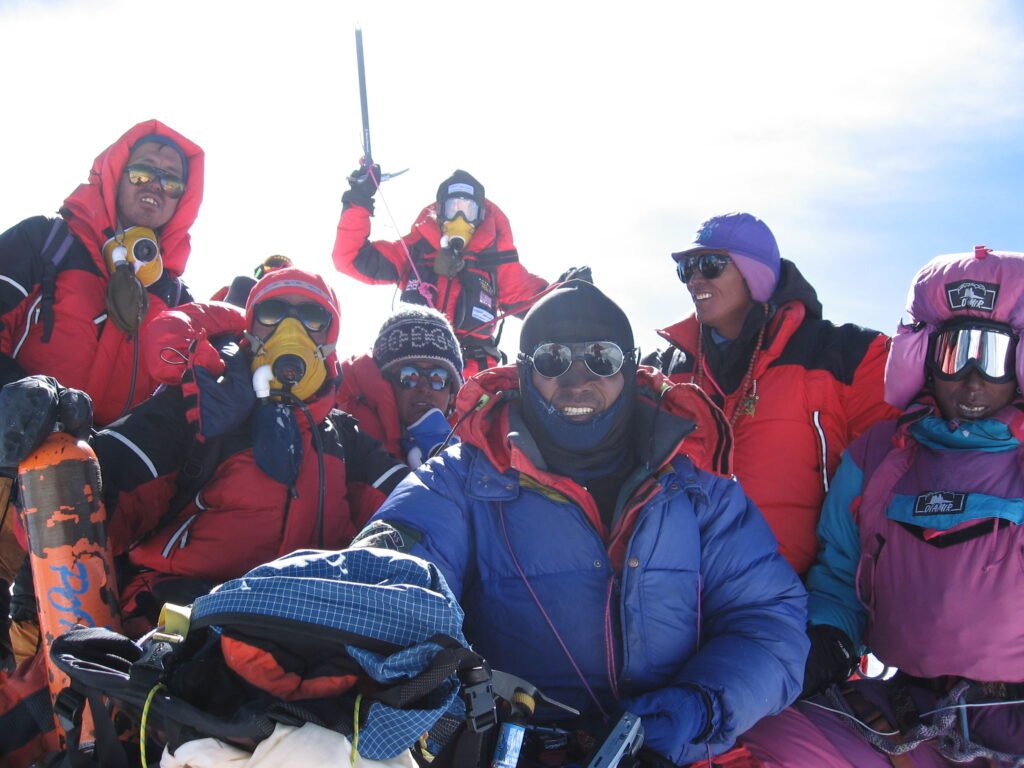



















































Preparing for a challenging expedition requires assembling a comprehensive array of essential gear, encompassing a durable backpack, weather-resistant tent, cozy sleeping bag with an insulated sleeping pad, and a reliable stove for cooking sustenance on the go; navigation tools like a map, compass, and GPS device ensure a safe journey, while a well-stocked first aid kit, emergency shelter, and multi-tool provide security in unforeseen circumstances; carefully chosen clothing layers, including waterproof rain jackets, trekking socks, and sturdy hiking boots, offer protection from the elements, complemented by trekking poles, a backpack rain cover, and dry bags for added resilience against inclement weather.
CLICK THE PICTURE FOR MORE INFORMATION
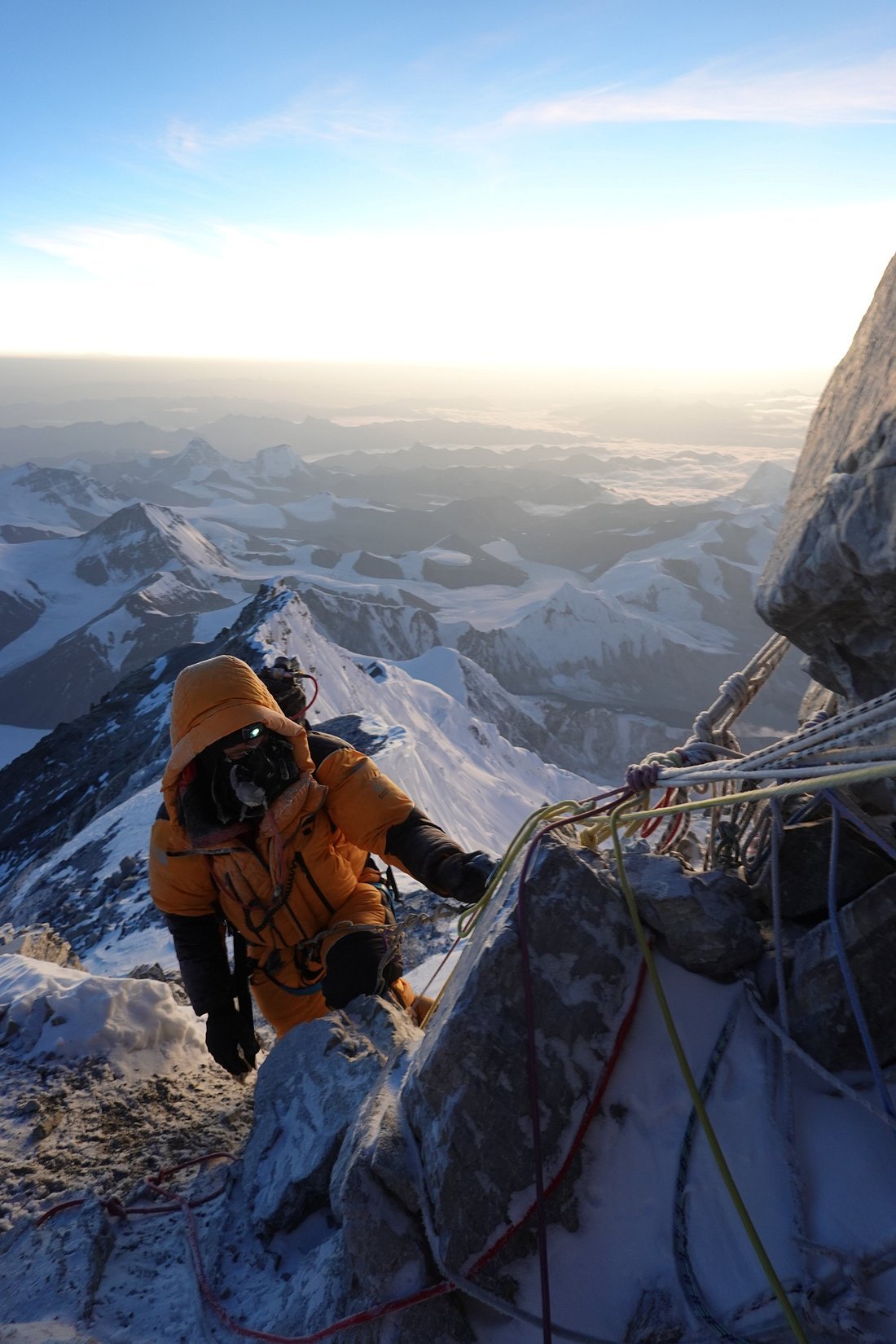
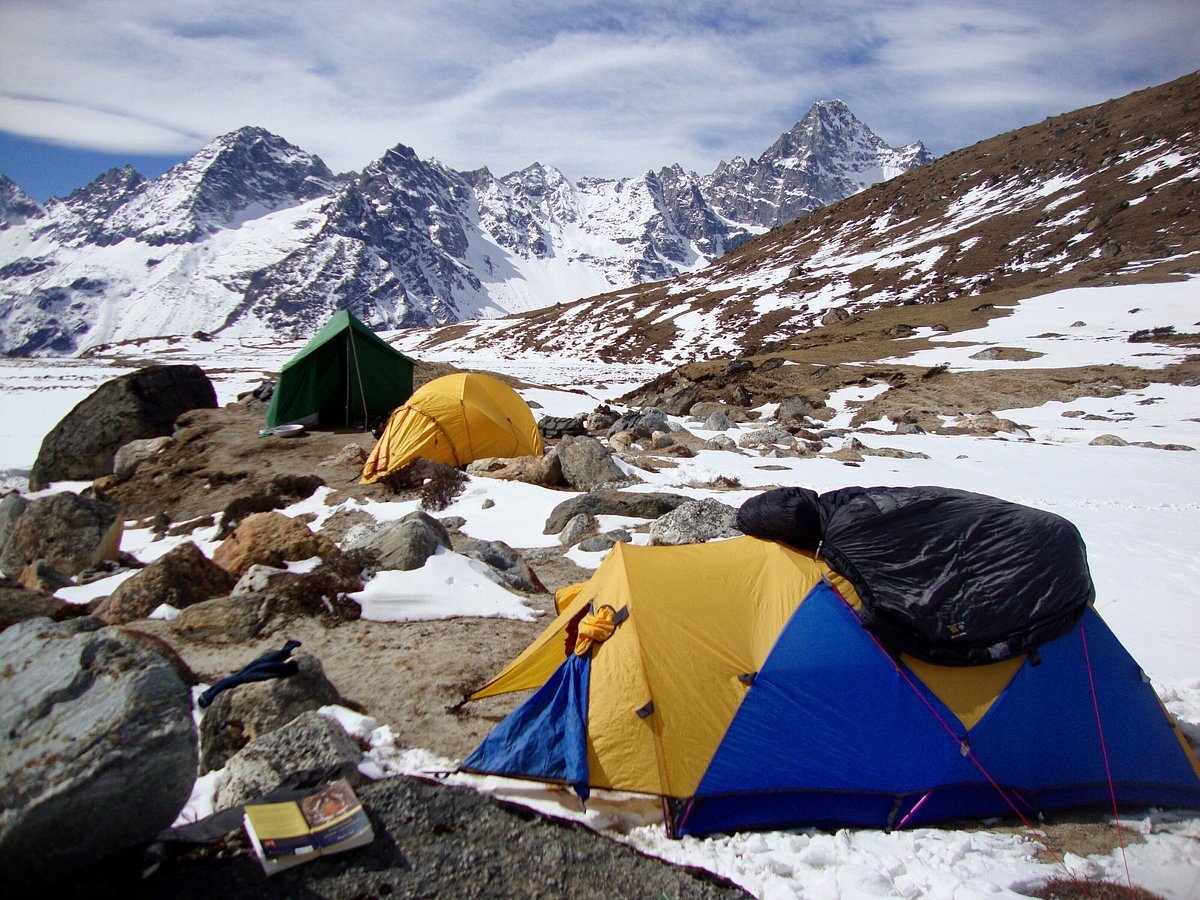
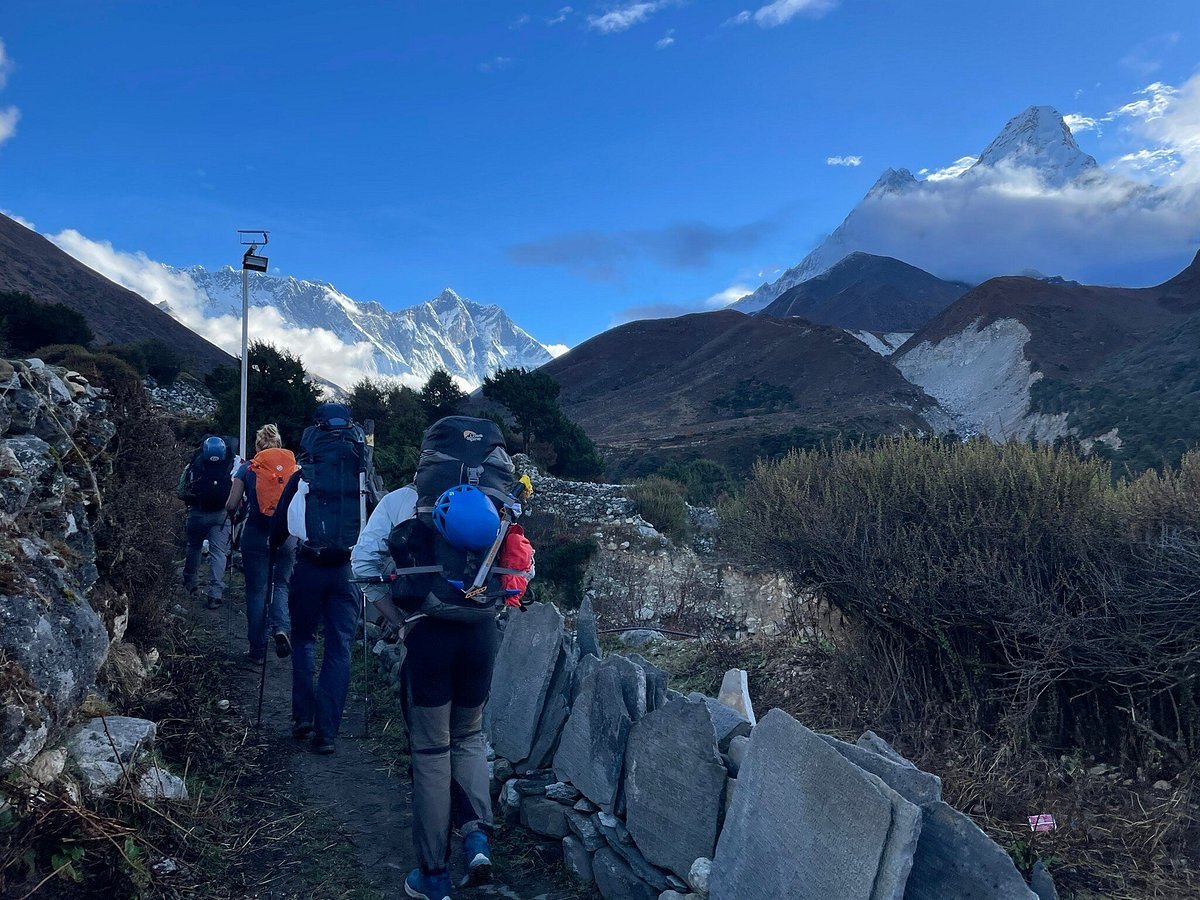
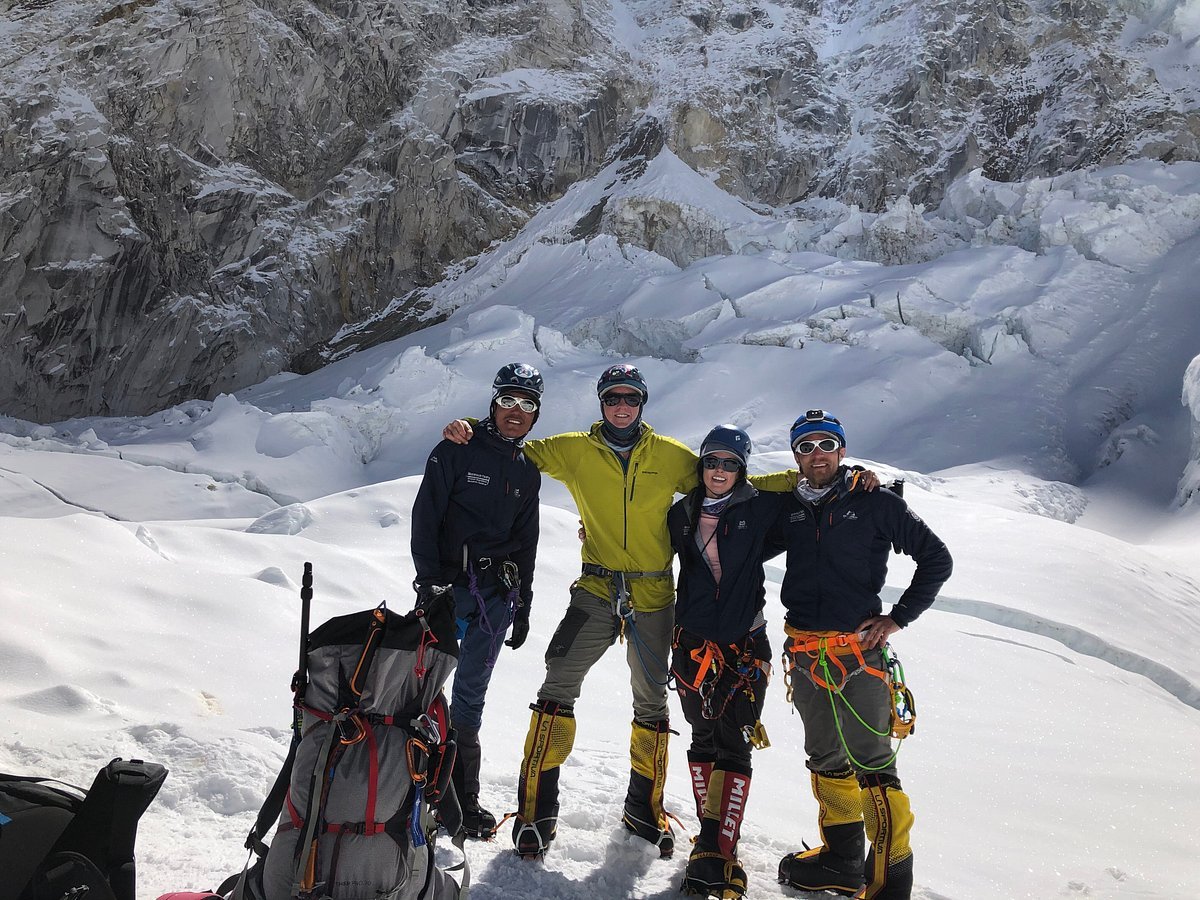
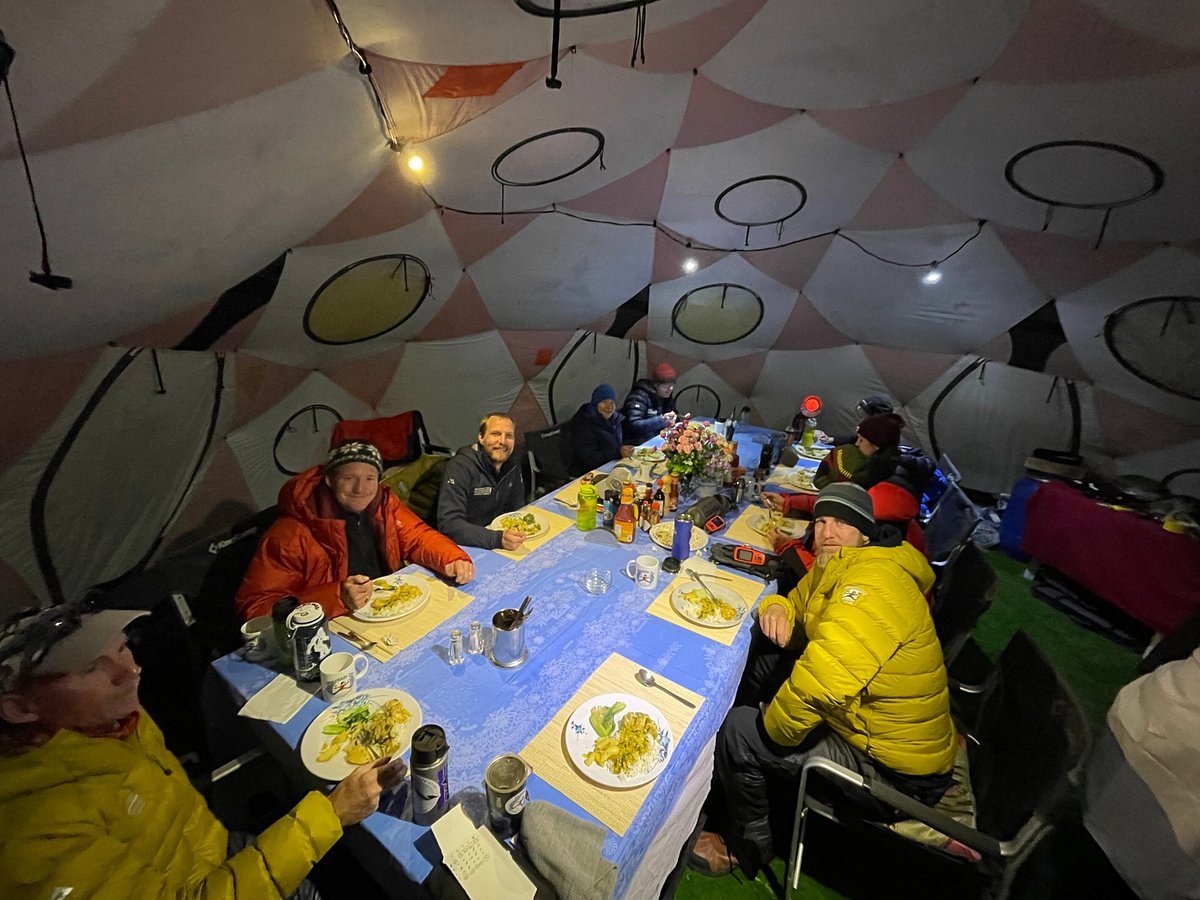

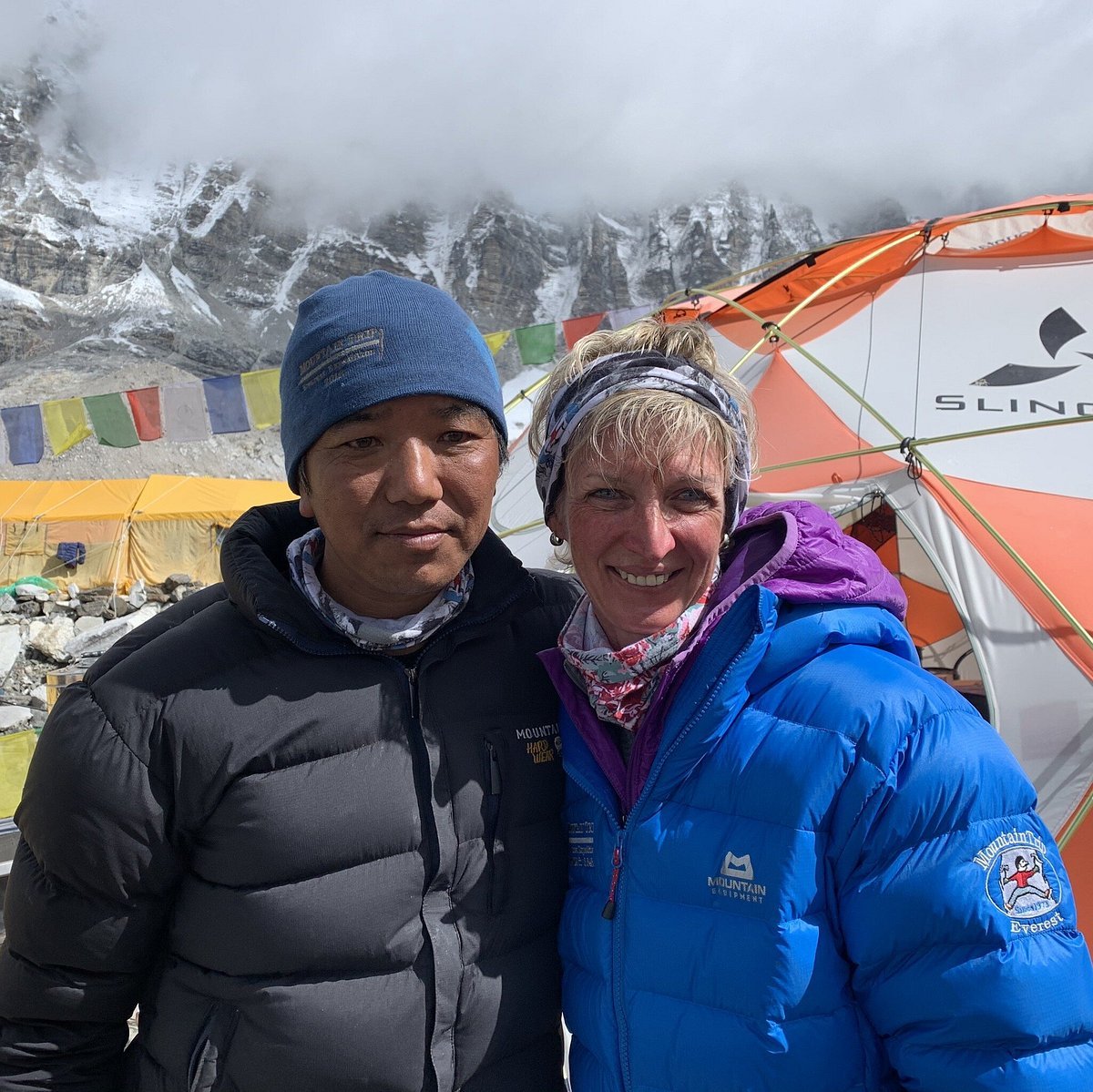

Peak fitness is essential. Train with hikes, carrying gear. Personal Sherpas are optional; porters handle group equipment. Individualized advice for mental and physical preparation is available.

Pre-expedition medical examination is recommended. Dental checks are crucial due to pressure changes at higher altitudes.

Prior high-altitude and mountaineering experience is required for eight-thousander expeditions. Training programs for newcomers are offered. For seven-and six-thousander expeditions, experience on four-thousander peaks is advisable.

Months of physical and mental preparation are necessary. Exercise, diet, and rest are key. Free world-class training programs for Everest climbers are available, along with exclusive discounts.

Months of training are required for fitness and technical climbing experience. Climbing lower peaks familiarizes climbers with equipment and terrain. Expedition training programs are offered in Europe and the US.

Climb lower peaks for altitude adaptation. Tailor-made programs prepare climbers for 8000er expeditions.

Expedition Himalaya, a veteran of Mount Everest and Himalayan expeditions, are poised to make climbing the Himalayan range a safe and unforgettable experience.
© 2024 Developed by Digital Raghu.